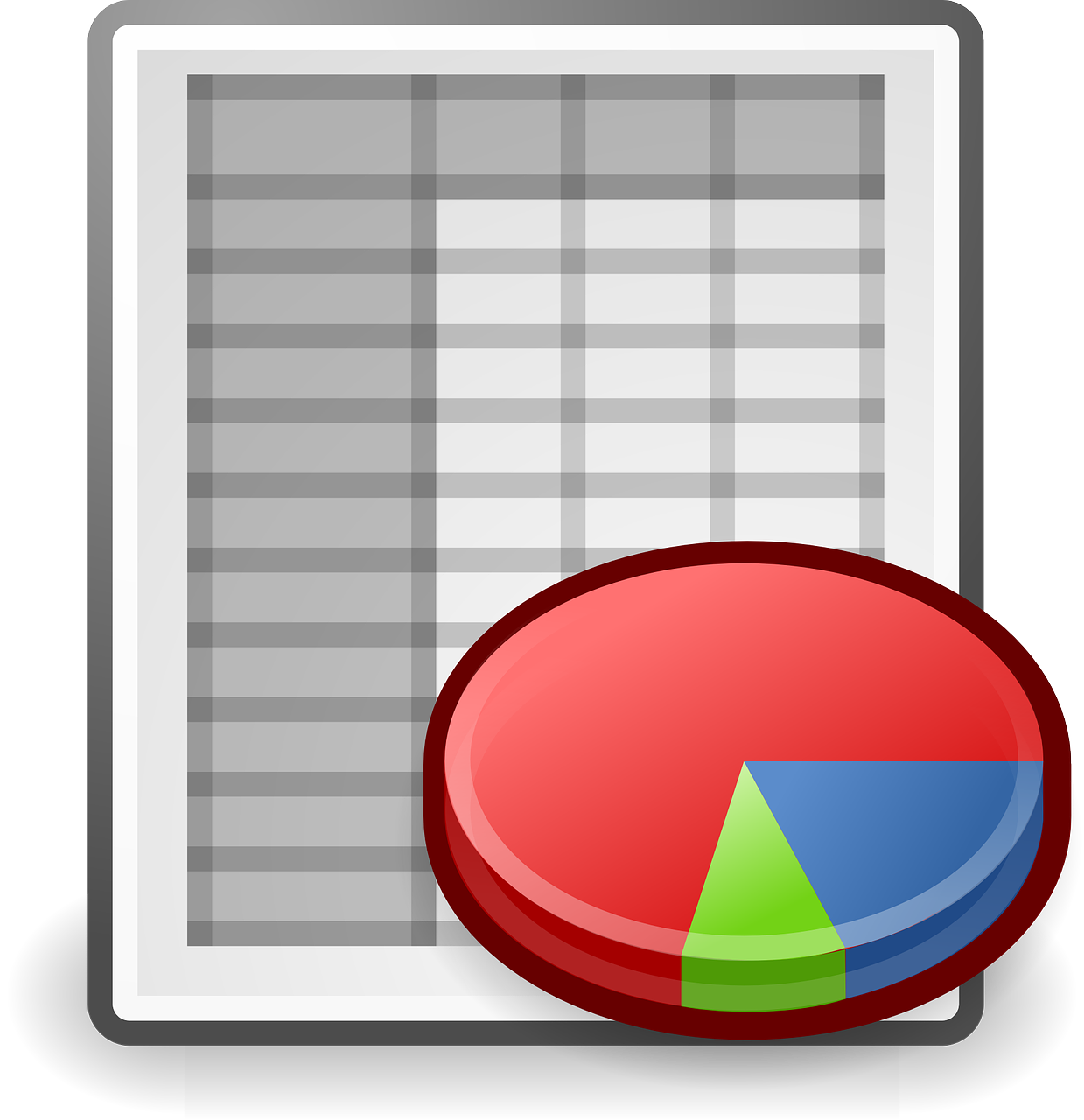Start Business
Start Business
Registration & License
Registration & License
Trademark Filing
Trademark Filing
Goods & Service Tax
Goods & Service Tax
Income Tax
Income Tax
MCA Services
Tender Registration
Tender Registration
Others
PF ESI Registration Online | Fast & Easy Employee Compliance Setup
Best & Reasonable Plans
Smart solutions,fair prices - your success starts with the Innovative solutions, competitive pricing – your journey to success begins with the perfect balance for growth!

OVERVIEW
Provident Fund (PF) and Employee State Insurance (ESI) are crucial social security schemes in India that ensure financial security and healthcare benefits for employees. Employers registered under these schemes are required to file regular returns with the Employees’ Provident Fund Organisation (EPFO) and Employees' State Insurance Corporation (ESIC) to remain compliant with labor laws.
PF return filing involves depositing contributions from employees and employers to the EPFO, ensuring employees receive retirement benefits. Similarly, ESI return filing is mandatory for businesses covered under the ESI Act, ensuring employees get medical and disability benefits. Timely and accurate filing of these returns helps businesses avoid penalties, maintain compliance, and support employee welfare.
Key Features
- • Timely Filing & Compliance : Ensuring that all PF and ESI returns are filed on time to avoid penalties and legal issues.
- • Accurate Contribution Calculation : Precise computation of employer and employee contributions as per government regulations.
- • End-to-End Support : Assistance in documentation, submission, and compliance-related queries.
Types of PF & ESI Returns
Filing Provident Fund (PF) and Employee State Insurance (ESI) returns is a mandatory responsibility for employers to ensure compliance with labor laws and to secure employee benefits. These returns serve different purposes, ranging from reporting monthly contributions to providing annual summaries and facilitating claims. Understanding the different types of PF and ESI returns is essential for both employers and employees, as timely and accurate filings prevent legal penalties and ensure smooth processing of benefits.
One of the most crucial returns under the Provident Fund system is the Electronic Challan cum Return (ECR), which must be filed on a monthly basis. This return records the contributions made by both employees and employers and ensures that funds are credited to the employees’ PF accounts. The ECR is filed digitally through the EPFO portal, making the process seamless and reducing paperwork. If an employer fails to submit this return on time, it can lead to penalties, delays in fund withdrawals, and complications in employee financial planning. Monthly PF return filings are the backbone of the provident fund system, ensuring that employees’ savings grow consistently and remain accessible when needed.
In addition to monthly filings, employers are also required to submit annual PF returns, which provide a consolidated report of contributions made throughout the financial year. This is done through two key forms: Form 3A and Form 6A. Form 3A provides a detailed employee-wise record, showing their monthly earnings and contributions, while Form 6A summarizes the employer’s total contributions for all employees. These annual returns serve as an important reference for audits and employee claims, ensuring that the contributions made are properly accounted for. Errors in these filings can cause issues when employees try to withdraw their PF or apply for loans against their PF balance.
For businesses registered under the Employees’ State Insurance (ESI) Act, half-yearly ESI returns must be submitted to ensure employees remain covered under the scheme. This return, filed using Form 5, includes details such as employee wages, ESI deductions, and employer contributions. The filing is done twice a year—once for the period from April to September and again for October to March. Since ESI provides essential benefits such as medical care, maternity leave, and financial support in case of disability, filing these returns on time is crucial. If an employer fails to submit this return, employees may face difficulties in availing their medical benefits, leading to unnecessary financial and health-related burdens.
Another important aspect of PF return filing is related to withdrawals and transfers. When an employee leaves a job, retires, or switches employers, they may need to withdraw or transfer their PF balance. This requires the filing of various forms, such as Form 19 for final PF settlement, Form 10C for pension withdrawals, and Form 13 for transferring PF accounts between employers. Employers must assist employees in filing these forms correctly to avoid unnecessary delays in fund disbursement. Many employees face hardships when trying to access their PF due to missing or incorrectly filed returns, which highlights the importance of proper documentation and compliance.
In the case of workplace accidents, employers must also submit ESI accident reports and claim forms to ensure that affected employees receive proper compensation and medical benefits. The ESI scheme provides coverage for medical expenses, disability benefits, and financial support in case of workplace injuries. If these reports and claims are not filed on time, employees might not get immediate access to treatment and financial assistance, which can impact their well-being and productivity. Timely submission of these reports helps in ensuring that employees receive prompt medical care and financial security during difficult times.
Proper and timely filing of PF and ESI returns is not just a legal obligation but also a critical factor in maintaining employee trust and satisfaction. Delayed or incorrect filings can lead to penalties for employers and financial hardships for employees. By understanding the different types of returns and ensuring compliance, businesses can foster a work environment where employees feel secure about their financial future and health benefits.
Common Mistakes to Avoid While Filing PF & ESI Returns
Filing Provident Fund (PF) and Employee State Insurance (ESI) returns is a crucial responsibility for employers to ensure compliance with labor laws. However, many businesses make errors that can lead to penalties, legal complications, and delays in employee benefits. Being aware of these common mistakes can help in avoiding unnecessary issues and ensuring smooth return filing.
One of the most common mistakes is incorrect employee details in the returns. Employers often enter wrong names, UAN (Universal Account Number), Aadhaar numbers, or bank account details, leading to payment mismatches. Even small errors in employee information can delay fund transfers, making it essential to verify all details before submission.
Another frequent error is missing deadlines for filing returns. PF returns are generally due by the 15th of each month, while ESI returns must be filed by the 15th of the following month. Late filings attract penalties and interest charges, which can increase the financial burden on businesses. Employers should set up reminders or automate their compliance process to avoid such delays.
Incorrect contribution calculations are also a major issue in PF and ESI return filings. Employers sometimes miscalculate the percentage of salary components included in contributions, such as excluding allowances or misclassifying wages. This results in underpayment or overpayment, both of which can create compliance issues. It is crucial to understand how basic wages, dearness allowance, and other components affect contribution amounts.
Failing to update exit details of employees is another common oversight. When an employee leaves the organization, their exit date must be recorded properly in the EPFO and ESIC portals. If this is not updated, it may lead to continued deductions or future compliance discrepancies. Regular audits of employee records can help maintain accuracy.
Another major mistake is not keeping proper records and proof of payments. Employers should always maintain proper documentation of PF and ESI payments, including challans, receipts, and acknowledgments. If there are any disputes or audits in the future, having proper records can help avoid legal and financial consequences.
Lastly, many businesses fail to track government updates and changes in PF & ESI rules. The government frequently updates regulations regarding contributions, penalties, and exemptions. Employers who do not stay informed may unknowingly violate compliance requirements, leading to unnecessary complications. Keeping track of official notifications from EPFO and ESIC is essential to ensure adherence to updated rules.
By avoiding these common mistakes and ensuring accurate, timely, and well-documented filings, employers can stay compliant, prevent legal troubles, and secure their employees’ financial benefits efficiently.
Silent Features
Error-Free Return Filing
Dedicated Compliance Support
Automated Payroll Integration
Penalty & Late Fee Avoidance
Employee Claim Assistance
Customized Solutions for SMEs & Corporates
Advantages of Timely PF & ESI Return Filing
- Avoiding Legal Penalties: Prevent fines and legal actions due to delayed or incorrect filings.
- Ensuring Employee Benefits: Employees can access medical, retirement, and insurance benefits without issues.
- Maintaining Employer Reputation: Builds trust among employees and ensures business credibility.
- Smooth Payroll Processing: Accurate deduction and deposit streamline payroll management.
- Easy Future Audits & Inspections: Proper records simplify compliance audits.
- Improved Employee Satisfaction: Timely benefits improve employee morale and retention.
Step-by-Step Guide For PF & ESI Return Filing
Here are 5 steps to complete your PF & ESI Return Filing
Step 1
Employee & Payroll Data Collection
Step 2
Calculation of Contributions
Step 3
Online Payment & Challan Generation
Step 4
Return Preparation & Submission
Step 5
Compliance Check & Record Maintenance
Empowering Your Business to Stay Ahead


Ensuring excellence in every aspect of business operations

Helping businesses to stay ahead of the competition effectively

Providing expert guidance for long-term business growth





